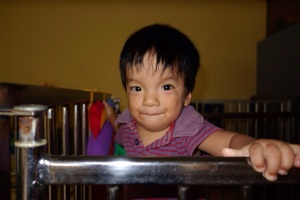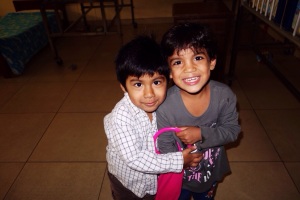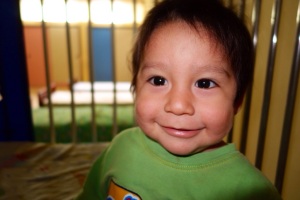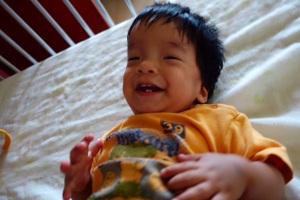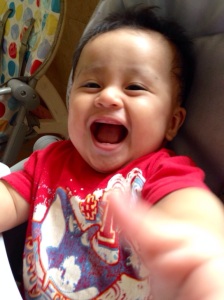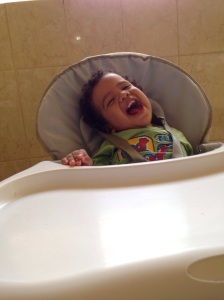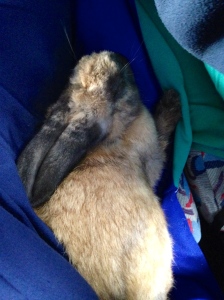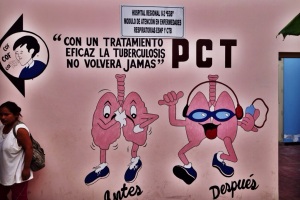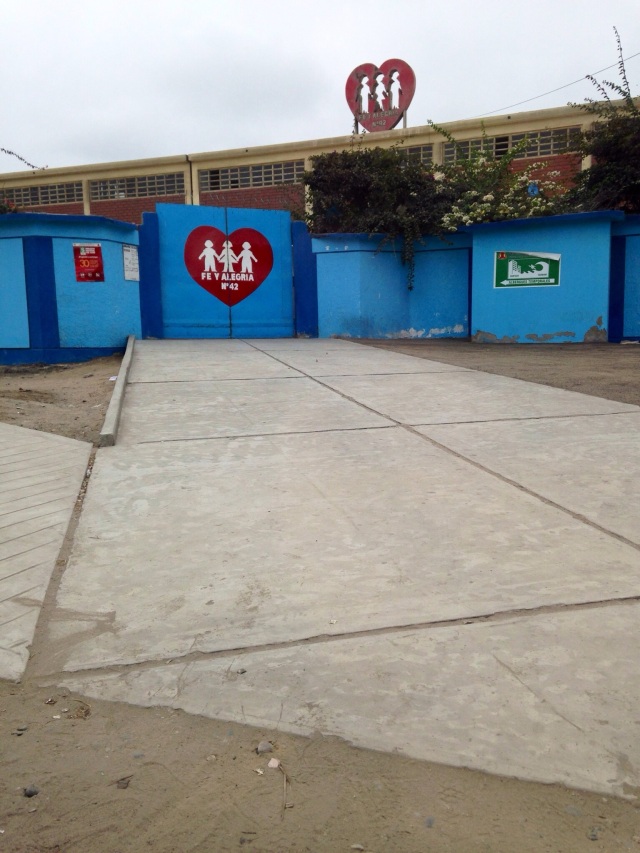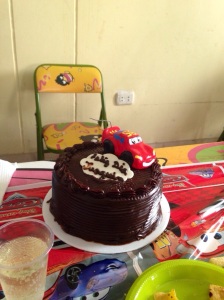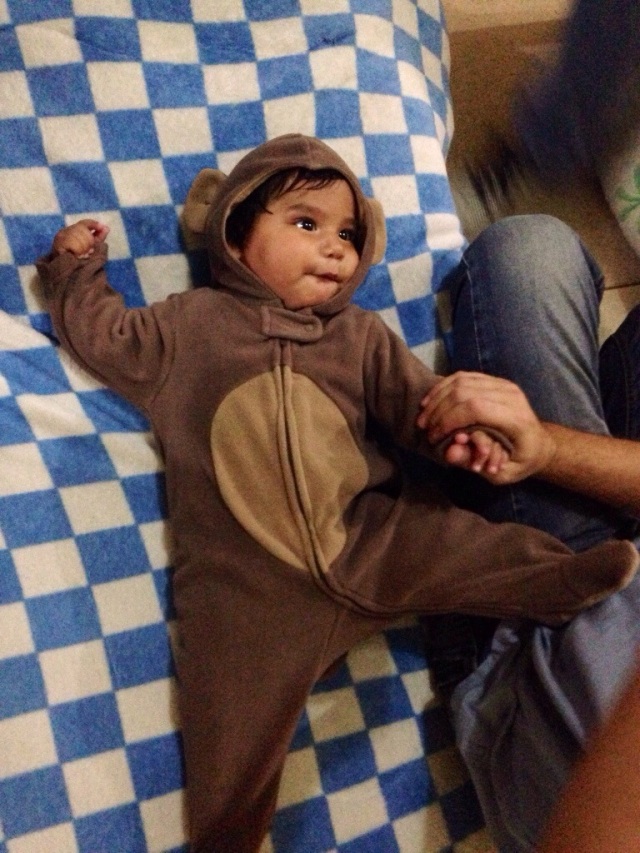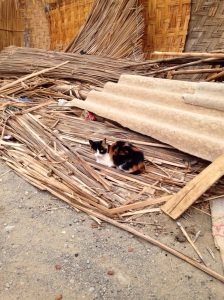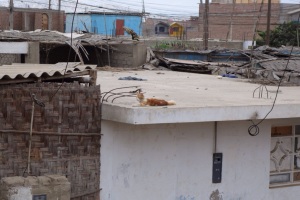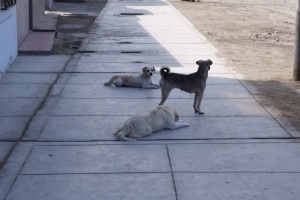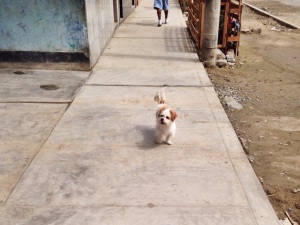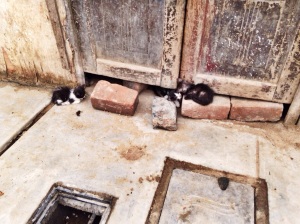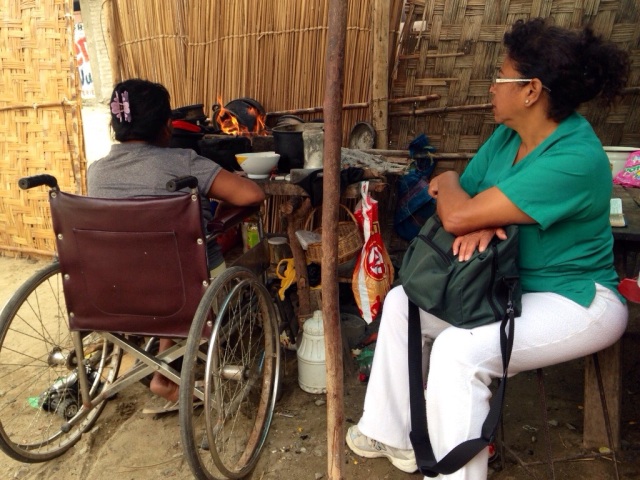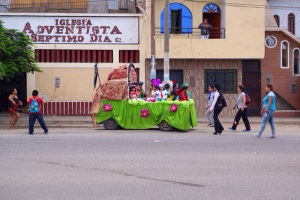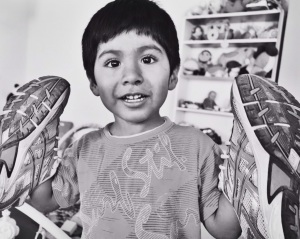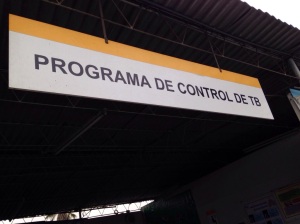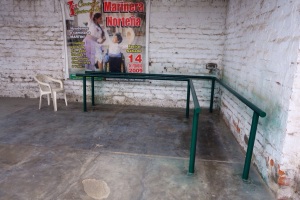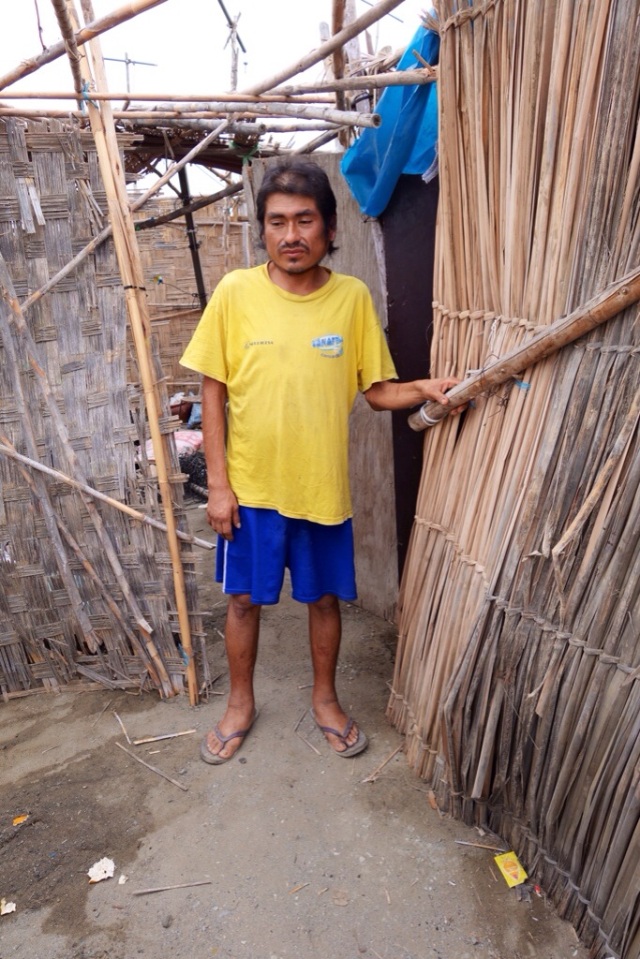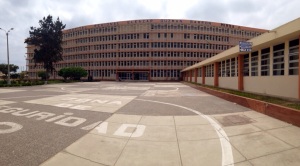Sorry for the delay in posting!!–The past three weeks have been filled with traveling through Peru, starting a new full time job, and being in many places without wifi!
For the last month of my time at La Maternidad de Maria, I worked in the orphanage in the afternoons.

Most of my time was spent bringing the kids to and from physical therapy. Some of the kids go to therapy for specific problems they have, while others go just to help their development.
My afternoons started at 2:00 when I would show up at the orphanage. I would begin by waking up Diego, a two-year-old little boy, and getting him prepared for therapy. While the other kids do not need to be made ready for therapy, Diego is not in the same boat as them; he was born without knees. When I first met Diego he had full leg casts.

However, after two weeks of me being in Chimbote, he got his casts taken off and now wears full leg braces.



After waking him up, I would put his braces on him and then bring him and his walker to the physical therapy room, which is only a two minute walk away. Once there, I put him in a wooden device that is meant to help kids practice standing. I sat behind him as he stood and played with toys that were on a table in front of him. After 15 minutes passed, I would move Diego to a mat, take off his braces, and then do ball exercises with him. First, I would put him face down on the ball and move him back and forth, side to side, and in a circle. I would then do the same motions with him lying on his back. Next, I sat him on top of the ball and bounced him up and down. I finished with having him lay on the ball and slowly touch his feet to the ground. He would hold himself there as long as he could. These exercises are used to help him with his balance. Once finished, one of the other physical therapists who worked there would heat up four Hot and Cold packs, which Diego would wear on his legs for about 15-20 minutes. Afterwards, he was finally ready to do exercises with one of the physical therapists. Throughout all of this time, I am bringing other kids from the orphanage to and from therapy–their physical therapy sessions only last about 30 minutes. The exercises that the kids (including Diego) do with the therapists include having their legs, feet, arms, and hands moved and stretched. The younger kids get help learning to crawl, while the older kids learn how to walk/walk correctly. After Diego was finished with his exercises with the physical therapist, I would put his braces back on and he would use a walker to help him walk. At first he would cry the entire time he was using it and I had to hold onto him and move his legs for him. But as weeks passed, he cried less and less and began to move his legs on his own. I still do not have words to describe the feeling I felt when I was holding one of his legs and for the first time, felt him move it forward on his own. These feelings of joy only grew as more weeks passed. By my last week he was able to walk with the walker on his own (although he still liked to have me walk behind him because he is scared and has low confidence) and now he can walk without the aid of the walker. Now he can walk with just his braces and with each hand just holding onto one of my fingers. I want more than anything for Diego to walk and it brings me so much happiness to know that I have helped him in his journey to walking.

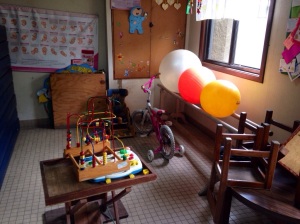






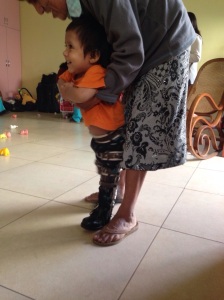





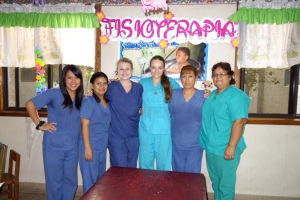
Every Monday, Wednesday, Friday I brought the same five kids to physical therapy and every Tuesday and Thursday I brought another five kids to physical therapy. After all five kids had been brought to and from therapy, I helped out around the orphanage. I had various jobs in the orphanage including cleaning dirty bottles, waking the kids up from naps and changing them, cleaning dirty diapers, feeding the kids, playing with the kids, and getting the kids ready for bed. Although feeding the children could be difficult at times due to them wanting to grab all of the food with their hands, them not wanting to eat at that time, or them wanting to spit the food out because they thought it was funny, I always got a good laugh out of it, especially when some of the kids would fall asleep mid-chew.



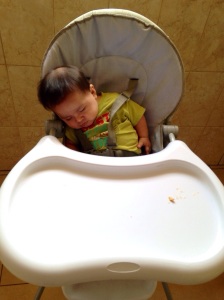


It also quite amusing when they take naps!


Working at the orphanage was particularly fun when there were fiestas! Another birthday was celebrated at the orphanage–Patrick turned one!! Students from Mundo Mejor (the high school that neighbored La Maternidad de Maria) came to celebrate his birthday (they typically came two to three times a week for a service project at their school). They brought a sign, snacks, a cake, gifts for the birthday boy, and a crown for him!




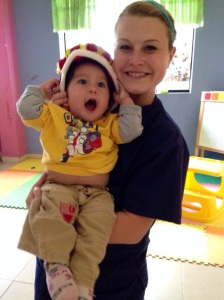
Also, students from another school came and threw a party for the kids. Two students dressed up as clowns, there was lots of food, and there were even individual gifts for every single kid. The children absolutely loved it!!
At times I struggled working in the orphanage as I did not know all of the words and correct conjugations to communicate commands to the kids. It also proved challenging to make sure every kid was happy at every moment of the day. I had a particularly hard time working with one girl who constantly wanted to take toys from other children or hurt the others for no reason. Another challenge was that many of the children had speech problems. These problems stemmed from hearing problems, being too scared to talk, and problems specifically with speech. I also believe that due to neglect while growing up, many of these kids were not taught to speak correctly by their families. While all of these experiences were trying, the immense joy I got from working with the 13 orphans vastly outweighed the challenges. I feel that in such a short time and with so little words I got to know every single one of the kids, their likes and their dislikes, knowing who is crying without seeing who it is, and what makes each kid stop crying. For example, when Jesus is crying you need to find him a new toy, specifically a blanket or towel. However, when Julio is crying you need to put him in the rocking chair and rock him back and forth.
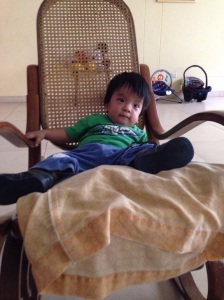
While some of the orphans are fully abandoned and have no parents at all, there are others who have not been abandoned yet. Occasionally, the mothers or other family members would come and visit their kid. One of the sisters explained to me that many of the parents that visit leave their kids in the orphanage because they know that their kid will get clothed, fed, have toys, and be taken care of there. Diego’s case particularly breaks my heart. His dad, brother, and grandmother visit almost every week. You can tell that they love him and that he loves them, as well. However, due to his condition his family cannot properly take care of him and therefore, leaves him at the orphanage. Another situation that is tough to observe is that of Jesus. A woman comes and visits him three times a week. She wants to adopt Jesus, but due to the fact that he is not fully abandoned she has not been able to successfully adopt him. I so badly want her to be able to call Jesus her son and hope that she is able to soon.
The kids at the orphanagei have touched my heart in unimaginable ways and I miss them all so much already. I will never forget their smiling little faces and the joy that they brought me during my six weeks in Chimbote!
